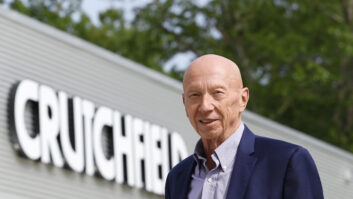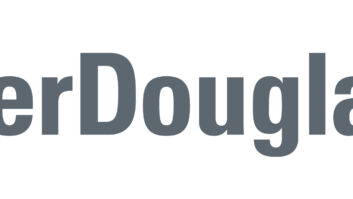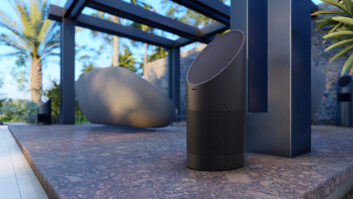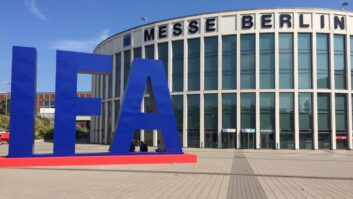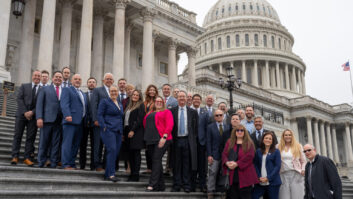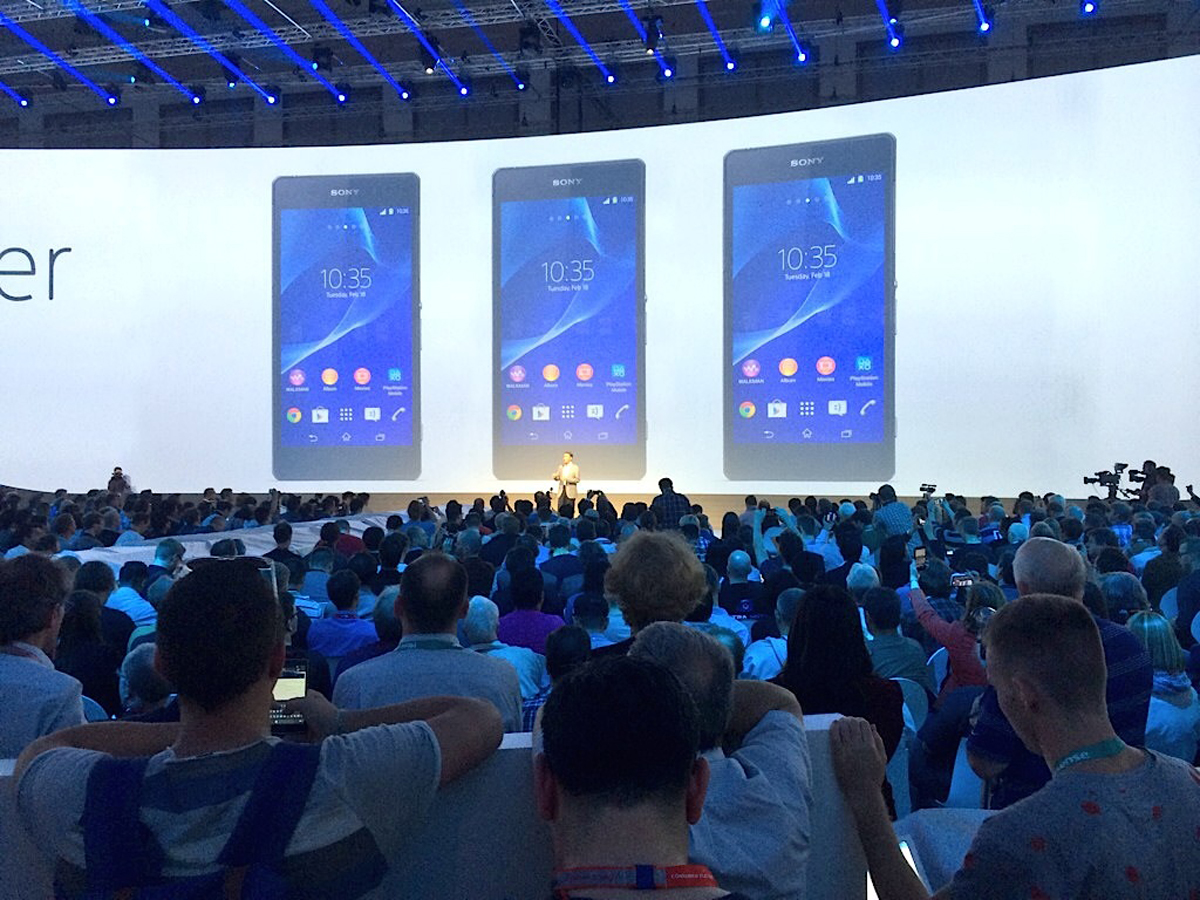
Berlin — There was some good news and some bad news for the global consumer electronics industry on the first day of IFA.
There was also some somber yet uplifting history told of the show itself on its 90th anniversary, a reminder of its host city’s often troubled political past.
For the industry, it seems the recession has returned. According to GfK, global sales of consumer electronics goods enjoyed a peak last year of 765 billion euro ($1.06 trillion) in total sales. But GfK expects worldwide CE sales to dip to 746 million euro ($981 million) this year and a projected drop to 737 million euro ($969 million) next year.
An increasingly uncomfortable share of this sales value rest in one product: smartphones. Last year, smartphones accounted for 34 percent of the total monetary value of CE sales, according to GfK, projected to rise to 39 percent this year.
That’s good news for smartphone sellers, bad news for LCD TV retailers.
This year will be a record year for unit sales of LCD TVs, reaching 299 million units sold worldwide. But according to Hans-Joachim Kamp, chairman of the supervisory board of GFU, which organizes and runs IFA, pricing is “a race to the bottom.” According to GfK, the average sales price of LCD TVs has dropped from 473 euro ($622) in 2011 to 417 euro ($548) this year.
The story is sadly the same for major appliances. Worldwide sales are down slightly worldwide for the first half of the year, and would be down more if not for the 10-15 percent growth in the booming Indian market.
Slightly more encouraging are majap sales in the U.S., up between 3-5 percent but still not yet back to pre-recession sales levels. But, “we anticipate growth for the year as a whole,” forecasted Reinhard Zinkann, chairman of the home appliance division of the German Consumer Electronics Trade Association ZVEI.
The good news
While sales of consumer electronics and appliances aren’t exactly encouraging, IFA itself is thriving.
This year’s show is the biggest ever, with a record 149,500 square meters (1.61 million square feet) of exhibit space, up 2 percent over last year, and a record 1,538 exhibitors, up 3 percent from last year’s show.
IFA executives kept referring to IFA as the No. 1 “consumer and home electronics show,” but this boast is based largely on its inclusion of appliances (the “home” part of the description), which makes it a slightly different animal than International CES. CES, however, still rents nearly twice the exhibit space (2.06 million square feet) to more than twice as many exhibitors (3,673), although the gap between the two shows has been closing in recent years.
This year’s show is also presenting a more impressive list of keynoters than in the past, including Samsung CEO Boon-Keun Yoon, and Matt Rogers, co-founder of Nest, which was bought by Google last January for $3.2 billion.
IFA also finally opened its long-awaited new CityCube facility, which is where this year’s keynotes will be held and which will be occupied by Samsung. This gleaming facility accounts for most of IFA’s increased amount of exhibit space.
A fight for freedom recalled
This year’s show marks IFA’s 90th anniversary; the first show — then called the Grosse Deutsche Funk-Ausstellung (the German Radio Show) — was held in Berlin starting on Dec. 4, 1924, and attracted 242 exhibitors and 180,000 attendees.
To commemorate the anniversary, Dr. Christian Göke, CEO of Messe Berlin, the fairgrounds where IFA is held, recalled a bit of IFA history, such as when Albert Einstein opened the 1930 show, but mostly how IFA helped confront Berlin’s post-war Communist threat.
With Berlin divided among the four allies after the second world war, IFA, then held every other year, was located first in Düsseldorf for three shows, then Frankfurt/Main for two during the 1950s, before finally returning triumphantly to Berlin for the 1961 event.
But on Aug. 13, 10 days before show was due to open, the Russians started building the infamous Berlin Wall.
Show organizers were frantic. Should they hold the show or cancel? Wilhelm Kahle, who would lead the organization of IFA until 1991, called Berlin mayor (and later West German chancellor) Willie Brandt that evening to discuss IFA’s prospects, and the pair decided it was important to carry on. Kahle then contacted industry leaders to let them know the show would go on.
Despite Berlin being accessible only by air, 177 exhibitors hosted 417,500 visitors, led by Brandt, who opened the show, and the federal president of Germany, Prof. Dr. Roman Herzog, who received as tour of IFA from Kahle, who died three years ago.
“It was the first chance to fight for the freedom of Berlin,” recalled Göke. “The organizers felt it was a special moment in time, a completely different type of show.” Thirty years later at the 1991 show, IFA could completely celebrate the freedom of Berlin – it was the first show held after the wall had fallen two years earlier, and the first show former East Berliners and East Germans could attend.
With Germany united, IFA became an annual event starting in 2006, and has been growing steadily ever since in this historic city and serves as a symbol for German’s post-wall resurgence. IFA’s current organizers hope the history the show makes going forward emanate solely from new technology and new product announcements made during its week-long duration.






